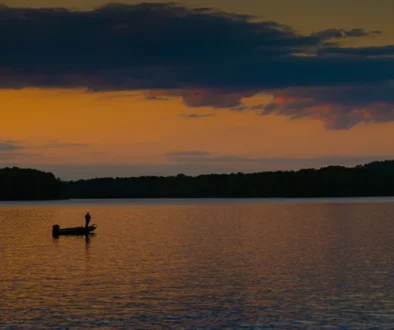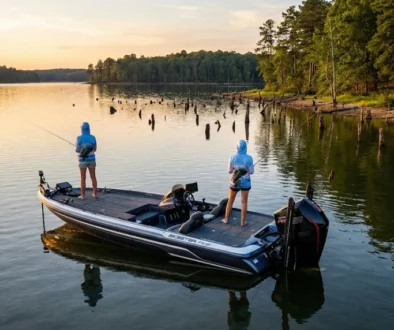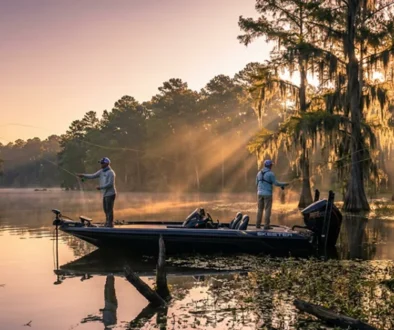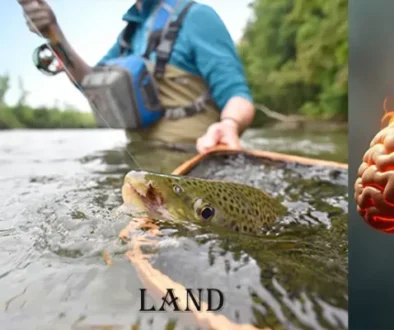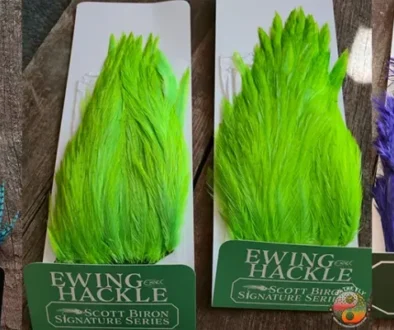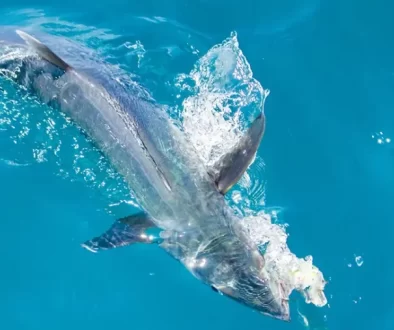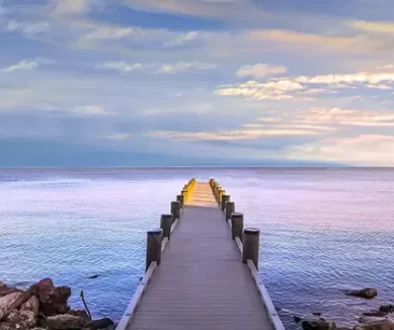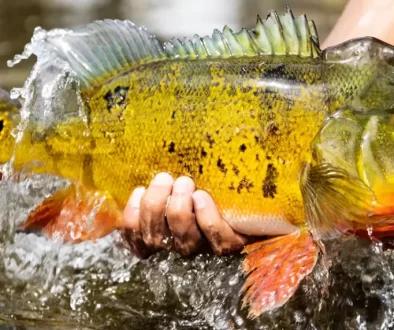Ever thought about tackling DIY Louisiana Redfish Fly Fishing? This guide is your ticket to mastering the art. From finding the perfect spot in the vast waters of Southeastern Louisiana to choosing the right gear, we’ve got you covered. You’ll learn how to navigate through seasons for prime fishing times, ensuring you’re at the right place when those big bulls are biting.
Moreover, we delve into the nitty-gritty of must-have equipment and bait, shedding light on effective strategies for luring redfish using a 8 to 10 weight saltwater fly rods. Plus, get tips on adapting techniques based on water conditions—key for snagging that trophy fish.
Last but not least, we cover logistics from selecting accommodations to mixing it up with local anglers. Ready for an adventure? How about we turn your upcoming fishing excursion into something you’ll always remember? DIY Louisiana Redfish Fly Fishing could just the adventure you are looking for.
Table Of Contents:
- Ultimate Guide to DIY Louisiana Fly Fishing for Redfish
- Navigating Through Seasons and Spots
- Essential Gear and Tackle for Redfish Fly Fishing
- Mastering Redfish Fly Fishing Techniques
- Accommodations and Logistics
- Encounters with Local Anglers and Wildlife
- FAQs in Relation to DIY Louisiana Fly Fishing Redfish
- Conclusion of Louisiana Redfish Fly Fishing
- Leave the Salt and Humidity for a Montana Fly Fishing Excursion
Ultimate Guide to DIY Louisiana Redfish Fly Fishing
Fancy yourself an angler with a penchant for adventure? Well, strap on your waders because the swamps and deltas of Louisiana are calling. Embark on a fishing journey unlike any other, where the challenge is not only to catch but to outwit the elusive redfish in their own shadowy domains. And trust me, when you’re fly fishing in Louisiana, every cast is like rolling the dice in Mother Nature’s casino.
Planning Your Adventure
Dreaming about tangling lines with bull reds? First things first: mark your calendar. The magic happens during fall and early winter when these big bulls roam the shallow marshes searching for a feast. Picture this: You’re stealthily poling through crystal-clear waters of Southeastern Louisiana under a crisp autumn sky—sounds pretty idyllic, right? But don’t be fooled by serene visuals; those brutes can put up quite the fight.
Now let’s talk location—the Mississippi River delta is your stomping ground. It’s where freshwater collides with saltwater creating perfect conditions for redfish galore. Think Biloxi Marsh or Woodland Plantation within close proximity to all that action—a prime base camp if there ever was one.
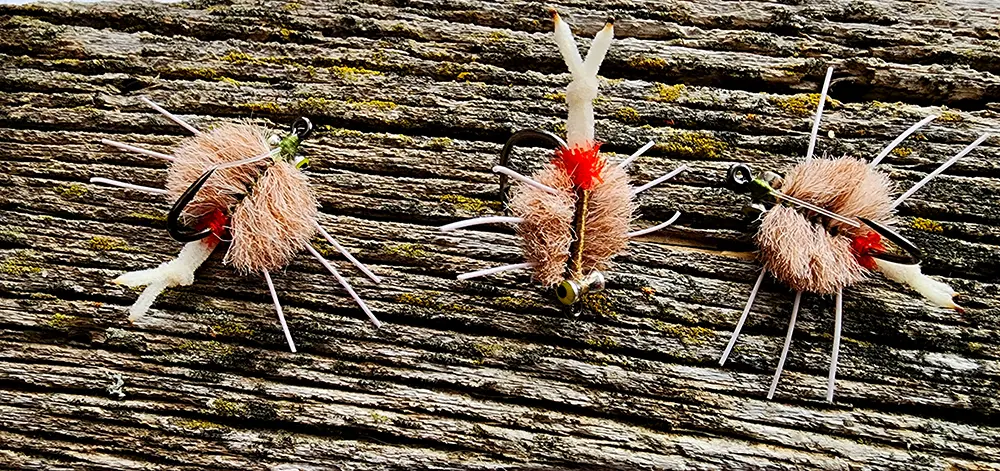
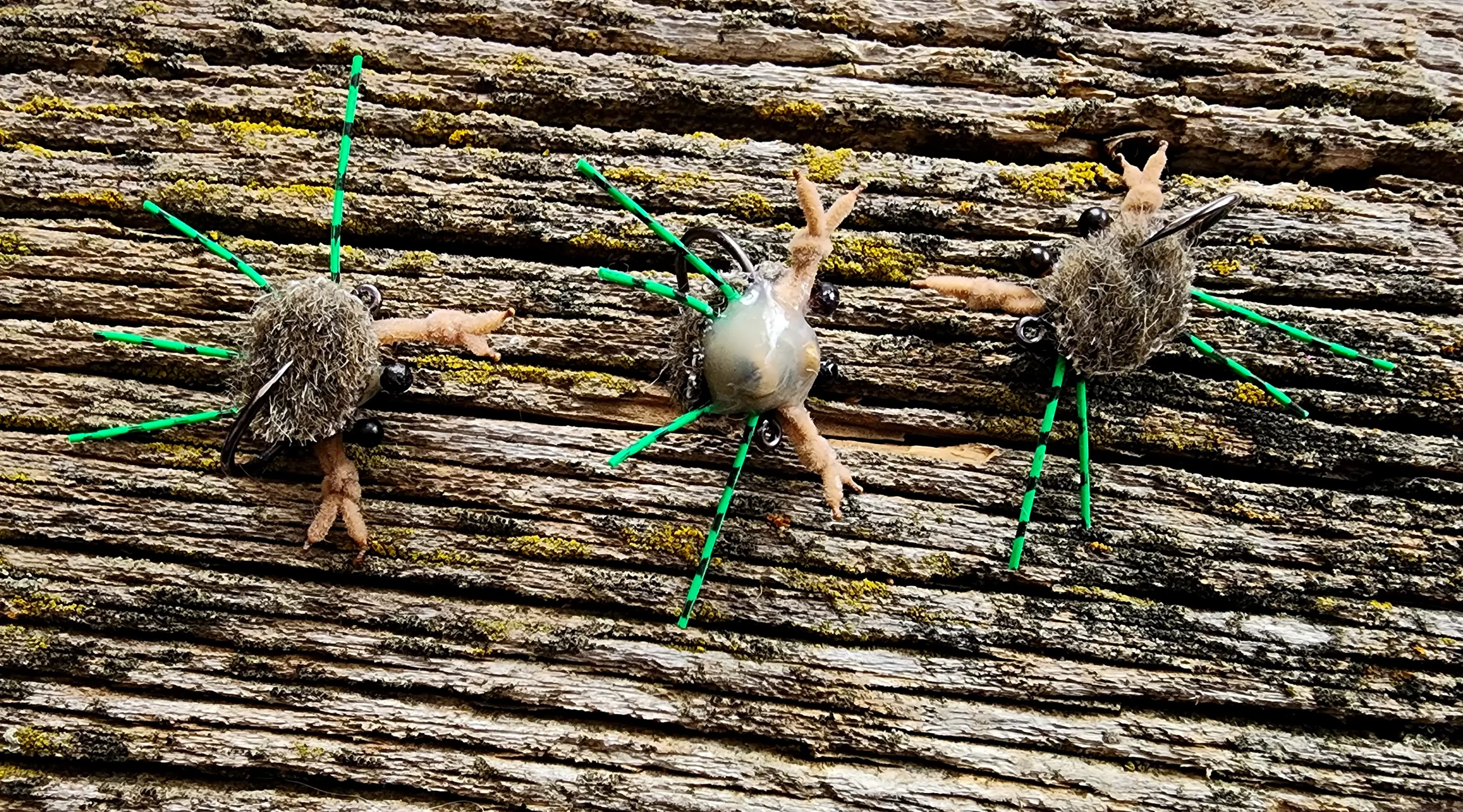
Gear Essentials
No warrior goes into battle without armor, nor should any angler hit these waters unprepared. If you want to hook into that 38 1/2 inch monster redfish (yes, they’re real), here’s what you’ll need:
- A sturdy 8-10 weight fly rod—this bad boy offers great versatility whether you’re casting flies at tailing bulls or navigating windy conditions.
- Don’t skimp on leaders and fluorocarbon tippet material either—you’ll need something strong enough to handle aggressive takes but subtle enough not to spook the redfish.
- Last but not least, arm yourself with an arsenal of flies designed specifically for seducing those picky eaters down below—think vibrant colors and patterns mimicking local prey such as crabs or mullet.
If we learned anything from spending each on our week-long escapades besides catching various fish including monsters—it’s that having variety pays off both above and underwater.
Navigating Through Seasons and Spots
Southeastern Louisiana transforms throughout the year offering anglers different challenges—and opportunities—at every turn. During fall fishing season especially so as water temperatures drop making shallower areas more accessible while simultaneously driving bait fish (and consequently bull reds) closer inland towards easier feeding grounds like mudflats found throughout Mississippi Delta region itself which become hotspots. As the seasons transition, this transformation not only unveils fresh territories for fly fishers to probe but also notably amplifies their likelihood of hooking remarkable sized redfish, morphing the delta into an optimal locale for anglers aspiring to reel in a redfish that’ll be remembered
Get ready for the ultimate DIY fly fishing adventure in Louisiana’s swamps and deltas. Mark your fall calendar, gear up with a sturdy 8-weight rod, durable leaders, and vibrant flies to catch those elusive redfish. Explore the Mississippi River delta during cooler months for prime fishing spots and brace yourself for an unforgettable battle with bull reds.
Navigating Through Seasons and Spots
Finding the right time and place for chasing redfish in Louisiana’s vast waters can feel like trying to catch smoke with your bare hands. But, armed with a bit of local know-how, you’ll be hooking into bull reds faster than you can say “Laissez les bon temps rouler.”
Understanding Seasonal Movements
Timing is everything when it comes to fly fishing for bull redfish in southeastern Louisiana. Fall through early winter marks prime time as cooler water temperatures draw these bruisers into shallower marsh areas, making them more accessible to anglers on the prowl.
In the heart of autumn, the Mississippi River delta transforms into a lively center for bull redfish, with their presence notably pronounced as they graze on mudflats. Imagine stalking through inches of clear water under a crisp sky—this is where patience meets payoff. The thrill of spotting that copper flash before setting the hook is unmatched.
But Mother Nature loves throwing curveballs; keeping an eye on weather patterns and water conditions will save you from many fruitless trips. After heavy rains or during significant temperature shifts, don’t hesitate to switch tactics or explore deeper channels where big bulls retreat.
Tackling Prime Locations
If there were ever a hotspot checklist for targeting monster reds in their natural stomping grounds without boarding a plane to some far-flung destination, places near Biloxi Marsh and close proximity spots around Woodland Plantation would top that list. These areas offer quality fishing experiences due largely to their rich ecosystems supported by the fertile outflows of the Mississippi River Delta.
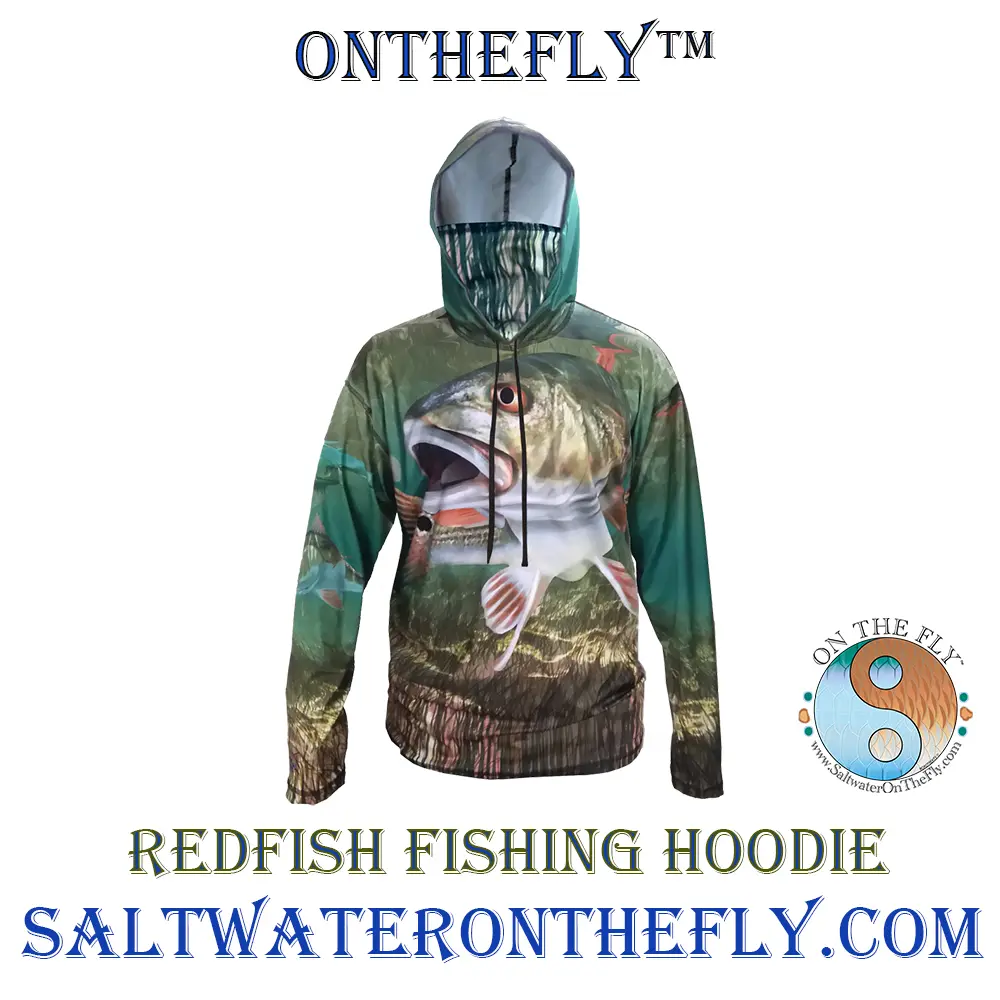
Be prepared for the seasonal movements by dressing for the seasons. Graphic Hoodie Redfish is a UPF-50, with a sewn in face mask. Great outdoor apparel for a day on the water. Fabric is wicking keeping you cool and protected. Graphic hoodie redfish is a great base layer as well.
Southeastern Louisiana boasts an array of coastal environments ranging from brackish backwaters teeming with life, all thanks partly because this region sits at such river delta’s doorstep. It’s here within these diverse habitats; one might encounter both trophy-sized ‘bull’ Reds alongside feisty Black Drum—all while enjoying views only found along our Gulf Coast.
Now imagine gliding silently across glassy flats at dawn’s first light—or perhaps poling cautiously among labyrinthine mangrove tunnels midday? That moment when sight casting becomes possible (thanks again clearer waters), then suddenly everything aligns perfectly: Your cast lands softly just ahead moving shadow below surface… Wait it… Strip-set hard. Fish On.. And so begins another unforgettable adventure chasing down those elusive yet oh-so-rewardable Bull Redfish we dream about catching day night long.. Let me tell ya folks – doesn’t get much better than THIS my friends…”
Gearing Up For Success
Picking the right equipment is crucial; it’s what decides if you’ll be toasting to victory or just reminiscing about what could have been.
Louisiana Redfish Fly Fishing Tip:
Mastering the seasons and knowing where to fish in Louisiana can turn an elusive quest for redfish into a thrilling adventure. From tracking their seasonal moves to choosing hotspots like Biloxi Marsh, success hinges on local insights and adapting to nature’s cues. And remember, picking the right gear is crucial for landing that dream catch.
Essential Gear and Tackle for Redfish Fly Fishing
Fly Rods: The Backbone of Your Arsenal
When gearing up for Louisiana redfish, your fly rod isn’t just a tool; it’s your best friend. Think of it as the difference between bringing a knife to a gunfight or showing up with an artillery cannon. For those monster bull reds lurking in the marshes, you’re going to want something that packs a punch yet whispers delicately when needed. A 10 weight fly rod is not just recommended; it’s essential. Why? Because when that big bull decides it’s game time, you’ll need every ounce of power and precision to outmaneuver these behemoths.
Digging deeper into our gear bag reveals why we brought 8 fly rods among us on our last trip down south. Each rod served its purpose whether we were casting into tight spots or battling against Mother Nature herself—because let’s face it, she can be quite the adversary on her bad days.
Leader and Tippet: Connecting Dots Like a Pro
The connection between your fly line and fly hook is where magic happens—or doesn’t. Choosing the right leader and tippet can mean the difference between telling fish tales or actually landing those tales back at camp. For targeting redfish in both clear water conditions of early winter months and murkier waters after rainfalls, versatility is key.
This means packing leaders that can handle sudden clarity changes without spooking fish away but also have enough backbone to wrestle with bigger bulls through thicker vegetation found in southeast Louisiana’s marshlands.
The Right Flies Make All The Difference
You wouldn’t show up to Mardi Gras wearing Christmas attire unless you really wanted some odd looks. But it’s a party. Or how I see tailing redfish. Similarly, using generic flies might get you some curious glances from local anglers—and no attention from fish whatsoever. Targeting redfish requires specific patterns like crab imitations for tailing Reds in shallow flats or baitfish patterns during their feeding frenzies close proximity Biloxi Marsh edges during high tide movements.
A good idea here is diversifying your selection based on seasons since water temperatures play significant roles regarding what types prey are active thus influencing which type flies will most likely lead successful catches.
Capturing Moments: Don’t Forget Camera Equipment
Last but certainly not least, if there was ever a “pics-or-it-didn’t-happen” moment waiting to happen—it’s while fly fishing for Louisiana Redfish. Ensure your camera gear is dependable, primed to immortalize the exhilarating battles with these formidable creatures.
Packing the right gear for Louisiana Redfish fly fishing is like showing up fully prepared for battle. Use a hefty weight rod to handle those monster bulls, versatile leaders and tippets for changing water conditions, specific flies to lure in your catch, and don’t forget a camera to capture the victory moments.
Accommodations and Logistics
Finding the right spot to hang your hat (and dry your waders) can make or break a DIY Louisiana fly fishing adventure. If you’re targeting those bull reds, proximity is key. You want to be close enough to the action that you can almost smell the marsh mud from your doorstep.
Your Home Base for Redfish Hunting
Choosing where to stay isn’t just about a bed for the night; it’s about maximizing every moment on the water. That’s why important to do your homework for your trip. You definitely want spacious accommodations. that means you’ve got plenty of room for gear—because let’s face it, we all overpack—and its location couldn’t be more perfect if it tried.
The lodge sits in Delacroix, an area is and good basecamp, not just for its picturesque landscapes but also as a stomping ground for big bull redfish and black drum alike. Waking up here means you’re only minutes away from some of Southeastern Louisiana’s most fertile fishing grounds—the Biloxi Marsh, Mississippi Delta, and countless innumerable lakes teeming with tailing reds await.
Diving Into DIY Trip Logistics
A successful DIY trip doesn’t start when you hit the road; it begins weeks (if not months) ahead with meticulous planning and preparation. From understanding local fishing regulations—which vary widely across different parts of Louisiana—to packing everything from saltwater flies to cameras capable of capturing those once-in-a-lifetime catches without frying in coastal humidity.
To get yourself properly set up, consider this trifecta: Knowledgeable locals is as important as reliable gear tailored towards coastal fishing conditions (think about fly rods specifically designed for wrestling with stubborn bull reds), and real-time reports on weather patterns because Mother Nature loves throwing curveballs especially around early winter when water temperatures start dropping but big fish are still feeding aggressively near river deltas in clearer waters.
Making Every Moment Count: Early Days & Clear Waters
You’ll learn quickly that time is precious when chasing after these elusive giants in vast open waters like those found throughout southeast Louisiana near Woodland Plantation or closer into clear water venues such as nestled within close proximity of prime feeding areas during high tide phases where visibility increases significantly allowing sight-fishing tactics previously unthought-of outside shallow tropical flats elsewhere around Gulf Coast regions thus transforming typical fly-fishing expeditions into something truly memorable beyond mere catch-and-release outings by paying attention closely following signs indicating potential hotspots revealing themselves through subtle movements beneath the surface. This method not only boosts your chances but also turns each trip into an exciting adventure, making every moment on the water count.
Picking the right lodge, in Louisiana, is crucial for maximizing fishing time and comfort. Start planning your DIY trip early to tackle logistics from gear to weather patterns. Remember, success lies in being close to the action and using local insights for a memorable adventure.
Encounters with Local Anglers and Wildlife
Fishing in Louisiana isn’t just about the catch; it’s a full-on experience, especially when you’re fly fishing for redfish. One moment you’re focusing on your cast, and the next, you’re swapping stories with fellow anglers or marveling at an egret’s graceful landing. Here’s how these encounters can transform your trip from good to unforgettable.
Sharing Experiences with Fellow Anglers
The camaraderie among fly fishers is something special. Imagine trading tales of “the one that got away” or sharing a secret fly pattern that seems irresistible to bull reds. On my last DIY Louisiana adventure, I met local folks who had a passion for saltwater angling and conservation efforts. Their insights not only enriched my understanding but also highlighted the importance of preserving these vibrant ecosystems we love so much.
Beyond tips and tricks, encountering other anglers opens up opportunities to learn about local hotspots off the beaten path—those innumerable lakes and parts of the Mississippi Delta where big bull redfish roam unseen by most tourists’ eyes. These conversations enhance not only our angling abilities but also enrich our understanding and respect for the unique cultures and natural settings around us.
Observing Local Wildlife Up Close
Sure, catching fish is thrilling—but have you ever locked eyes with a tailing red as it stalks its prey in clear water? Or watched pelicans dive-bomb into deeper waters teeming with speckled trout? These moments remind us why we cherish outdoor adventures: Mother Nature’s show never disappoints.
Journeying through the marshlands of Southeastern Louisiana, we find ourselves nearly touching distance from breathtaking displays of wild beauty, serving as a poignant nudge about the fragile equilibrium that nature maintains. From black drum feeding frenzies early day near Dogwood Lodge areas to observing alligators sunbathing along Biloxi Marsh banks during cooler months—it’s akin to having front-row seats at nature’s finest theater performances. By immersing ourselves in these breathtaking displays, we not only find joy but also learn the virtues of patience and environmental respect, underscoring the critical need to safeguard areas such as coastal Louisiana.
Tips For Making The Most Out Of Your Encounters
- To truly benefit from meeting other anglers, ask questions. Whether it’s about effective flies or navigating challenging fishing conditions due flood tides—you’ll find most seasoned fishermen eager to share what they know. This doesn’t mean every encounter will lead you directly towards monster catches but gaining knowledge piece by piece contributes significantly over time toward mastering these waters.
Fishing in Louisiana goes beyond the catch; it’s about community and nature. Chat with fellow anglers to swap stories and learn secret spots, while wildlife encounters remind us of the environment we’re striving to protect. Remember, every interaction enriches your experience—so don’t be shy, ask away.
FAQs in Relation to DIY Louisiana Fly Fishing Redfish
What size fly rod do I need for redfish?
A 8 to 10 weight fly rod hits the sweet spot for most redfish scenarios. It offers enough backbone for those bulls.
Is fly fishing for redfish hard?
Fly fishing requires skill, but with practice and patience, hooking into a redfish becomes an achievable thrill.
What is the best month to catch redfish in Louisiana?
Late September through November reigns supreme. The weather cools down and bull reds are on the move in shallow waters.
Do you need tippet for redfish?
Absolutely. A strong tippet, around 16-20 lb. fluorocarbon, ensures your flies stand up to the challenge of a fighting Redfish.
Conclusion of Louisiana Redfish Fly Fishing
So, you dove into the world of DIY Louisiana Redfish Fly Fishing. You’ve learned where to cast your line in Southeastern Louisiana’s waters and when those elusive bull reds are most likely to bite.
You discovered the right gear makes all the difference. From fly rods tailored for battling big bulls to flies that mimic their favorite snacks, you’re set up for success.
Tactics adapt with water conditions; clarity and depth guide your strategy, ensuring every cast counts towards landing a trophy fish.
Securing a good basecamp catapults you to the forefront of angling, and interacting with the community there deepens your journey significantly. Do your homework, get to know the locals.
Now it’s time to put knowledge into action. Ensure this escapade becomes a memorable chapter in your life’s story!
Leave the Salt and Humidity for a Montana Fly Fishing Excursion
Up for a challenge, Livingston, Montana has just the challenge in it’s spring creeks.

